When stacking up every defensive line in the NFL based on the production of each unit’s top players, where does the New York Jets’ tantalizing group rank?
Robert Saleh needs an elite defensive front to execute his defensive vision to perfection. In an ideal world, he wants to blitz as infrequently as possible so he can allocate more reinforcements in coverage, and to do that, a top-notch defensive line is necessary. In 2019, we saw the utopian version of Saleh’s defense, as the 49ers ran to the Super Bowl thanks to a tremendous defense that was led by a D-line stacked with studs. Nick Bosa, DeForest Buckner, Arik Armstead, and Dee Ford spearheaded the unit.
It looks like Saleh might have the second coming of that San Francisco group in New York. The Jets already had a top-tier trio on the interior with Quinnen Williams, John Franklin-Myers, and Foley Fatukasi, and then they boosted it even more with the addition of Sheldon Rankins in free agency. On the edge, the Jets were weak entering the 2021 offseason, but they solved that issue with the signing of star pass rusher Carl Lawson. Joe Douglas put a cherry on top with the lower-key addition of Vinny Curry, who is one of the most efficient situational pass rushers in the league.
Where does this group stack up against the rest of the NFL? Is it the best defensive line in the league? Top 5? Top 10?
To get a feel for how the Jets’ defensive line compares to the rest of the NFL, I decided to agglomerate the statistics of every defensive line in the league to rank all 32 units from best to worst. Let’s dive right in.
Methodology
For each team, I compiled the statistics of eight players: their projected top-4 edge defenders and their projected top-4 interior defensive linemen.
To ensure that the production of starters was valued more heavily than the production of backups, the value of each player’s production was weighted according to their projected spot on the depth chart. A team’s top edge defender, who typically plays around 50 snaps per game, should have a bigger hand in his team’s ranking than the No. 4 edge defender, who typically plays around 15 snaps per game. I did my best to order each team’s depth chart as accurately as I could, primarily going off of last year’s snap counts.
Here is how the production of each player on a team’s defensive line was valued. These percentages were calculated using the league average distribution of snaps in 2020, and were adjusted so that the EDGE and IDL position groups each account for exactly 50% of a team’s overall score.
- EDGE 1: 19.1% of overall score
- EDGE 2: 14.5%
- EDGE 3: 9.9%
- EDGE 4: 6.4%
- IDL 1: 16.8%
- IDL 2: 12.6%
- IDL 3: 12.1%
- IDL 4: 8.5%
For the purpose of this study, here is the depth chart I used for the Jets:
- EDGE 1: Carl Lawson
- EDGE 2: Vinny Curry
- EDGE 3: Bryce Huff
- EDGE 4: Kyle Phillips
- IDL 1: Quinnen Williams
- IDL 2: John Franklin-Myers
- IDL 3: Sheldon Rankins
- IDL 4: Foley Fatukasi
Jabari Zuniga is the odd man out, but he earned far less playing time than Huff or Phillips last season, playing only 12.9 snaps per game while Huff and Phillips each exceeded 20, so he had to be left out for the purpose of this study.
I used each player’s statistics from the 2020 season. If a player had an insufficient amount of playing time in 2020, I used their 2019 numbers (this didn’t apply for any Jets players).
For all rookies (or young players who were drafted prior to 2021 but have not played much or at all in the NFL yet), I used the league average stat-line for qualified rookies at their position in 2020. That made rookies a liability in this study, as rookies at both EDGE and IDL performed well below average (but a little bit ahead of league-worst level) in every metric last year. Rookies typically struggle mightily in the NFL, so it seems fair to count any rookie in a team’s lineup as a liability.
There was almost no correlation between draft position and production for rookies last year, so all rookies in this study have the same projected numbers regardless of draft position.
Here are the four statistics used in the study.
Pro Football Focus pass rush grade: PFF’s all-encompassing evaluation of a player’s performance as a pass rusher based on the grading of every pass-rush snap. This stat does a nice job of crediting players who record a high number of legitimately impressive one-on-one victories while discrediting players who rack up easy production. For players to grade well, they need to create their own production by defeating blockers early in reps. Players will not get much credit for pressures (sacks, hits, or hurries) that are either unblocked, created by the coverage, or dropped into their lap thanks to the pressure of another teammate.
Pressure percentage: The percentage of a player’s pass-rush snaps in which they were credited with a pressure (sack, hit, or hurry). Gives us a good idea of how consistently a player makes an impact as a pass rusher.
Pro Football Focus run defense grade: PFF’s all-encompassing evaluation of a player’s performance as a run defender based on the grading of every snap against the run. The run defense grade captures the bulk of a player’s off-the-stat-sheet impact against the run. Regardless of how many tackles they make, players can grade out well by consistently filling their gaps well and creating strong penetration to shut down running lanes and set up opportunities for teammates. Players can grade poorly by failing to create quality penetration, struggling to fill their assigned gaps, and being sealed out of plays to allow big gains.
Run stop percentage: The percentage of a player’s snaps against the run in which they recorded a run stop, which is considered a tackle in the run game that constitutes a less-than-ideal result for the offense. Gives us a good idea of a player’s propensity for making big plays as a run defender.
Each team’s performance in each category was scored from 0-to-10, which the best team in each metric scoring a 10, the worst scoring a 0, and every other team being scored relative to those two teams.
Teams earned a pass-rush score based on their performance in the two pass-rush metrics and a run defense score based on their performance in the two run defense metrics.
Finally, a team’s overall score was calculated by taking 61% of their pass-rush score and 39% of their run defense score – equal to the league-average split between pass plays and run plays in 2020. This means that pass rushing is valued more highly than run defense, which makes sense since pass plays are more common.
Alright! Enough gab. Time for the numbers.
Using the methodologies explained above, here is how I stacked up all 32 defensive lines entering the 2021 season.
It appears the Jets’ defensive line is as talented as advertised. The Jets fell in the No. 2 slot, just barely ahead of the third-ranked Bears but a mile behind the Steelers’ stacked unit. While New York’s run-stopping score ranked 17th, the Jets fielded the second-best pass-rush score with a huge gap between them and the third-ranked Eagles. As this leaderboard values the passing game over the run game, that was enough to land the Jets at No. 2 overall.
Let’s get more specific. Where does the Jets’ interior defensive line rank? Where does their EDGE group rank?
We’ll start with the interior defensive line. Here is how the group of Quinnen Williams, John Franklin-Myers, Sheldon Rankins, and Foley Fatukasi stacks up.
The Jets fell to No. 3 here with the Rams surpassing them, but their IDL unit earned a better score than the overall defensive line (as the EDGE unit dragged them down a bit, which we will get to later on) thanks to an improved score in the run game. The group maintained its No. 2 spot in pass rushing while leaping up No. 5 in run defense.
Franklin-Myers and Rankins have below-average numbers against the run, but Fatukasi and Williams are elite enough in the run game to carry the unit into the top-5 in that phase. Fatukasi had the position’s second-best run defense grade (86.2) behind only Aaron Donald while Williams had the position’s third-best run stop rate (14.0%).
It is this group’s ability to produce pressure that is most intriguing. Franklin-Myers led the group with a 14.4% pressure rate last year, which ranked third-best among all qualified IDL in the regular season. He was followed by Williams at 10.3% (88th percentile among IDL) and Rankins at 8.9% (80th percentile). Fatukasi’s 5.0% in the fourth spot is below average among all players at the position but is decent for a fourth option and is actually pretty good for a nose tackle.
How about the EDGE unit of Carl Lawson, Vinny Curry, Bryce Huff, and Kyle Phillips? Here is how they stacked up.
The Jets’ EDGE unit landed at No. 12, earning the third-best pass-rush score but tumbling all the way down to No. 29 against the run.
In the passing game, this unit has plenty of juice. Lawson had a 14.6% pressure rate that ranked at the 97th percentile among qualified edge rushers while Curry was not far behind with a 14.0% mark that ranked at the 94th percentile. Huff and Phillips posted marks of 8.1% and 8.3%, respectively. While those marks are decently below the positional average of 9.7%, they aren’t bad rates for third and fourth options. Many teams have players in their EDGE rotations with pressure rates well below 7%.
However, there are substantial question marks for this group in the run game. The average PFF run defense grade for edge defenders in 2020 was 61.4, which Lawson (61.1), Curry (53.1), and Huff (46.6) all fell below. Phillips is the lone bright spot, as he was solid with a 65.4 grade. He was even better over a much larger sample of snaps in his 2019 rookie season, posting a 76.6 grade against the run that season.
The unit’s cumulative run-stop percentage of 4.5% ranked third-worst among EDGE units. The league average rate for edge defenders was 5.8% in 2020, which Lawson (4.1%), Curry (5.0%), and Huff (3.1%) again failed to match. Phillips beat it at 6.5%, and in 2019 he was at 8.0%.
It appears the Jets will have to live with sacrificing some edge-setting ability against the run in exchange for pass-rushing impact.
Wrapping it up, here is a breakdown of each team’s rankings across the board.
New York’s defensive line rankings:
- Overall: 2nd
- Pass rush: 2nd
- Run defense: 17th
- Interior defensive line: 3rd
- Edge: 12th
- IDL pass rush: 2nd
- IDL run defense: 5th
- EDGE pass rush: 3rd
- EDGE run defense: 29th
The hype surrounding this Jets defensive front is warranted. It is filled to the brim with high-quality pieces and unquestionably has the potential to be the best in football.

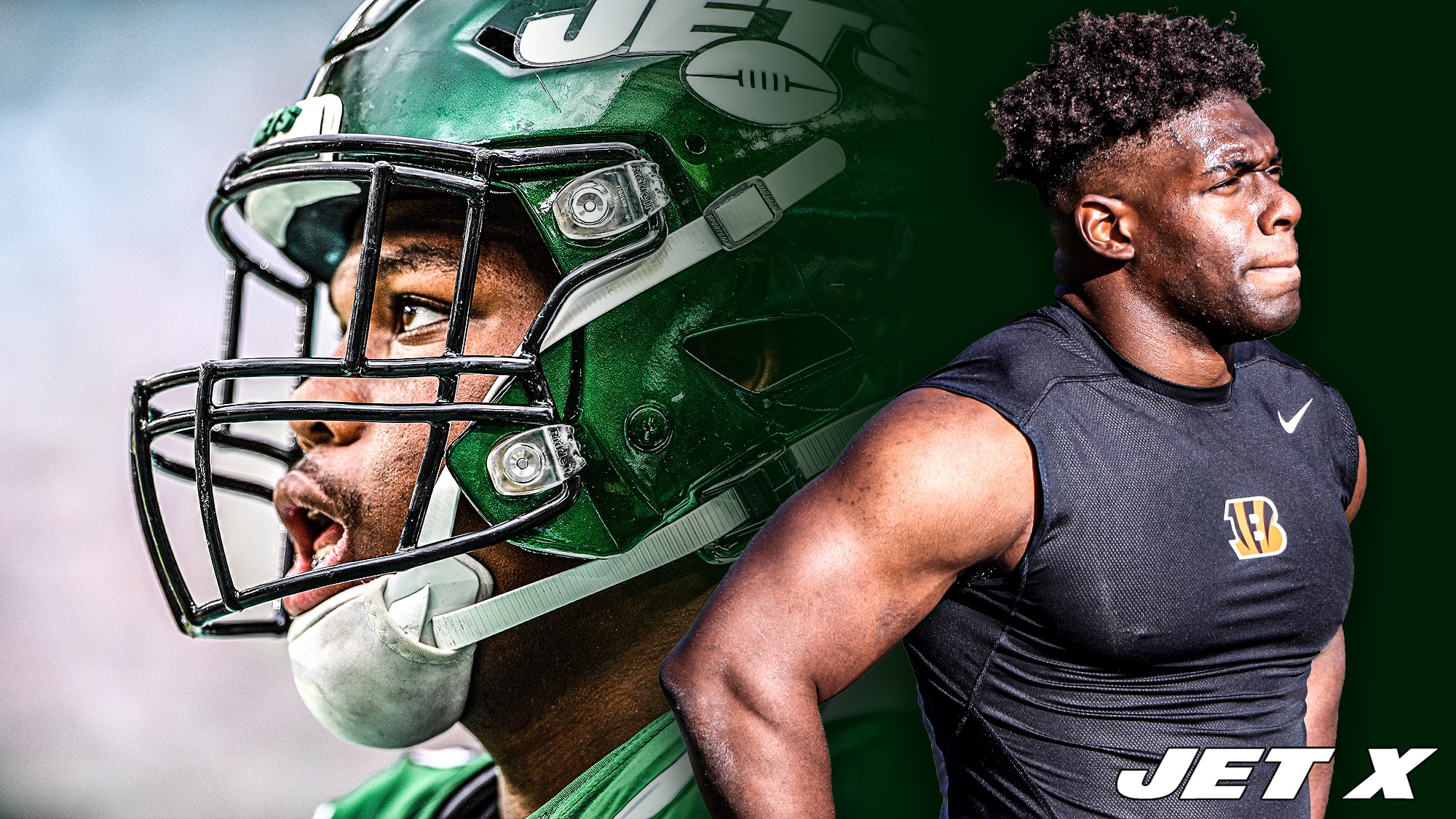

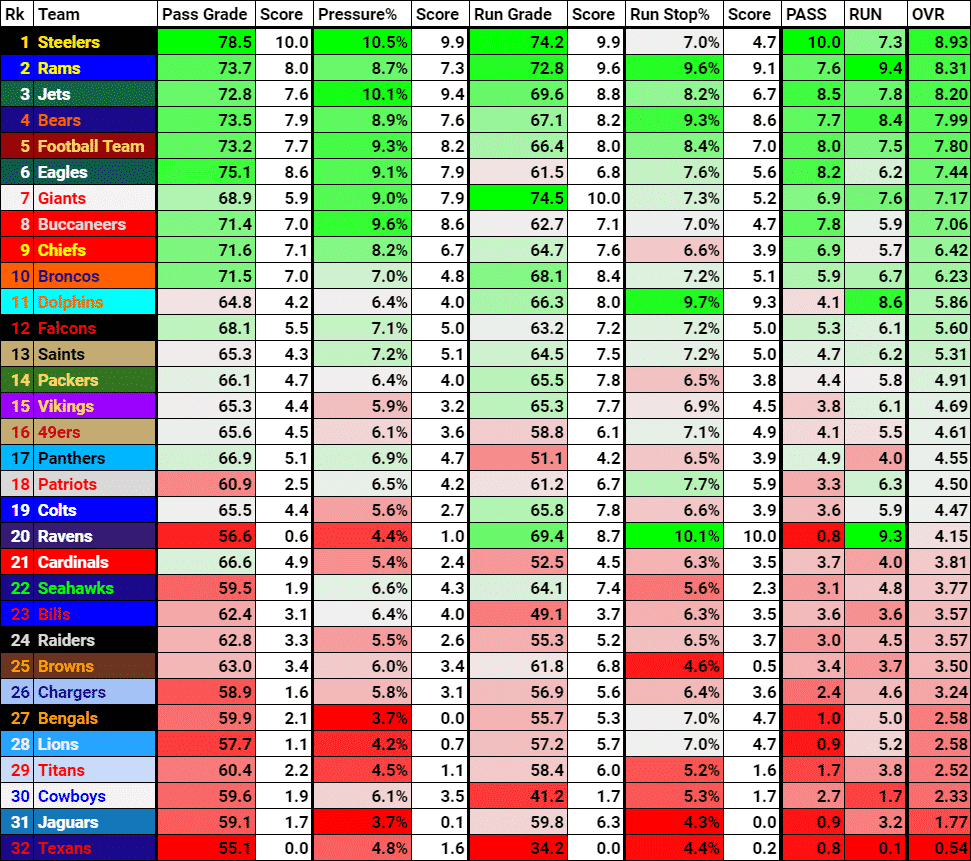










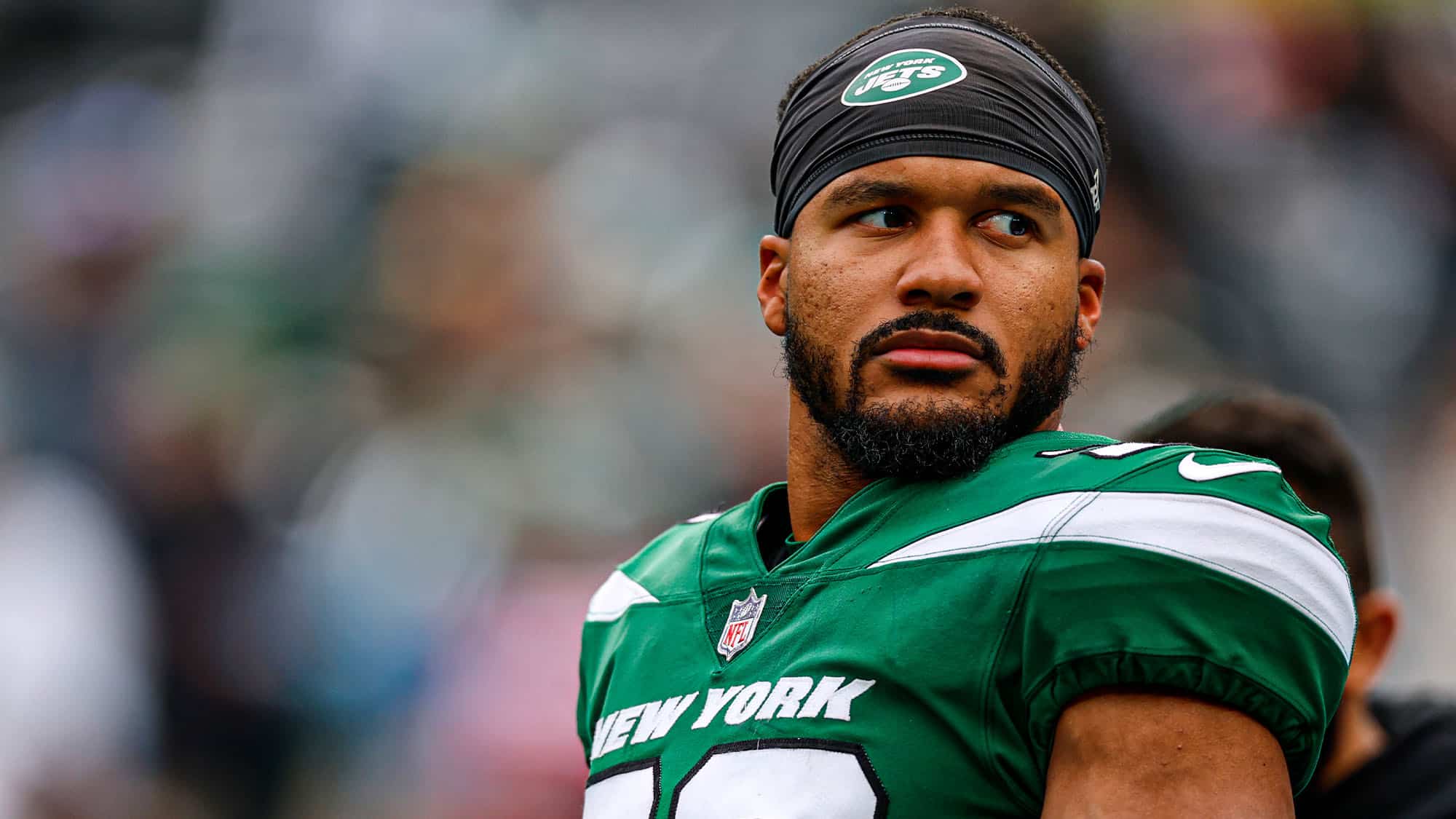
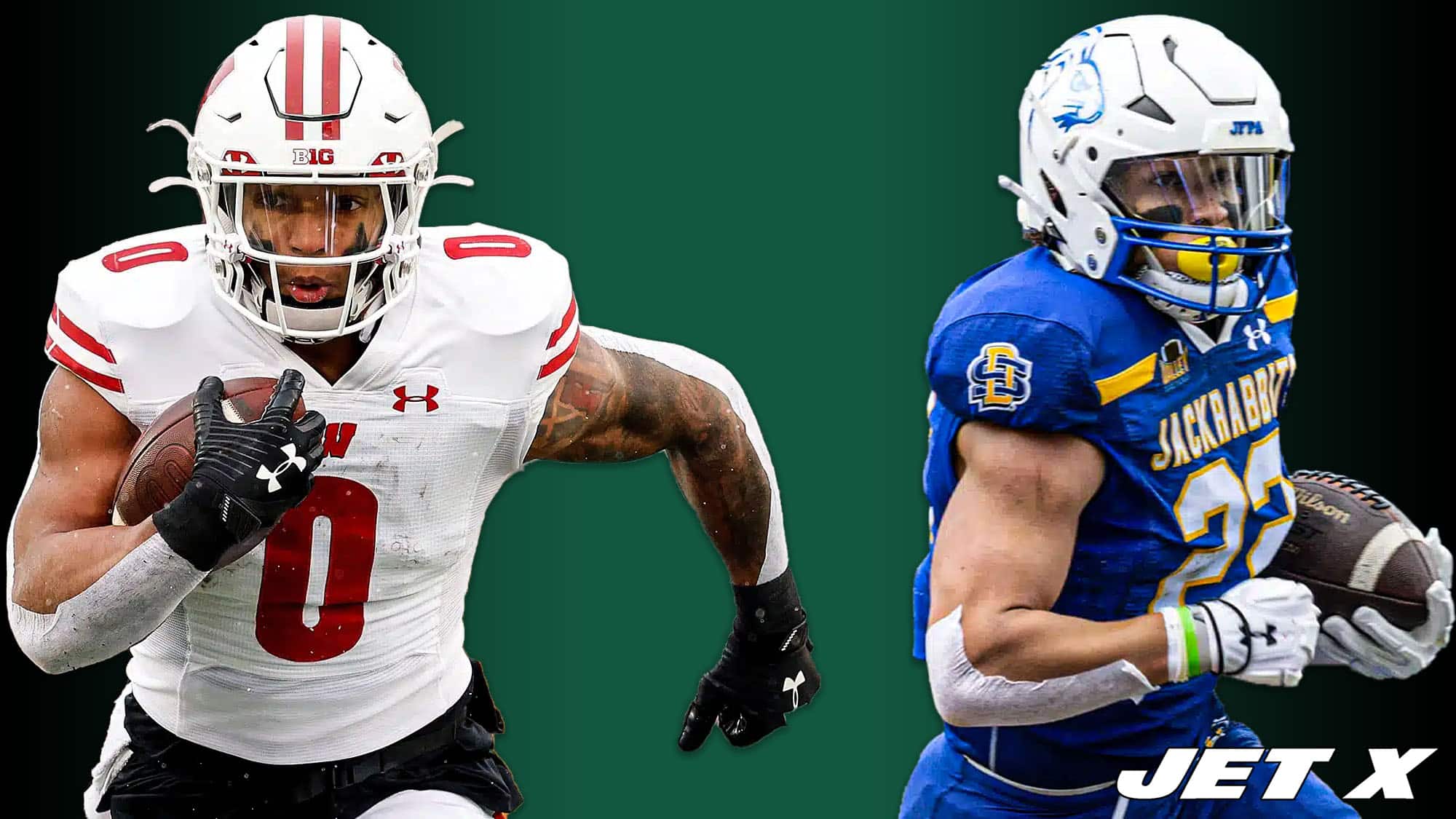

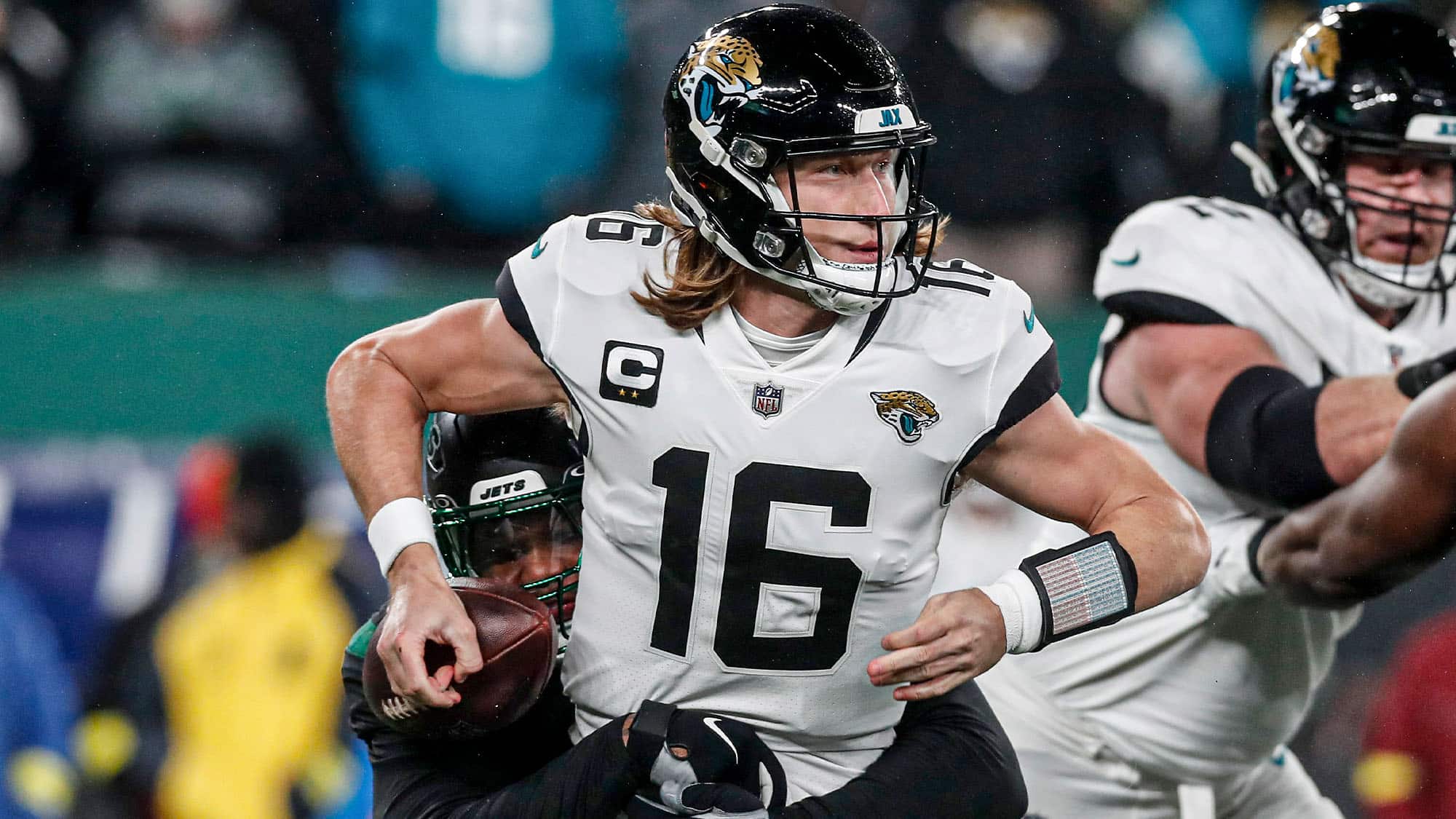
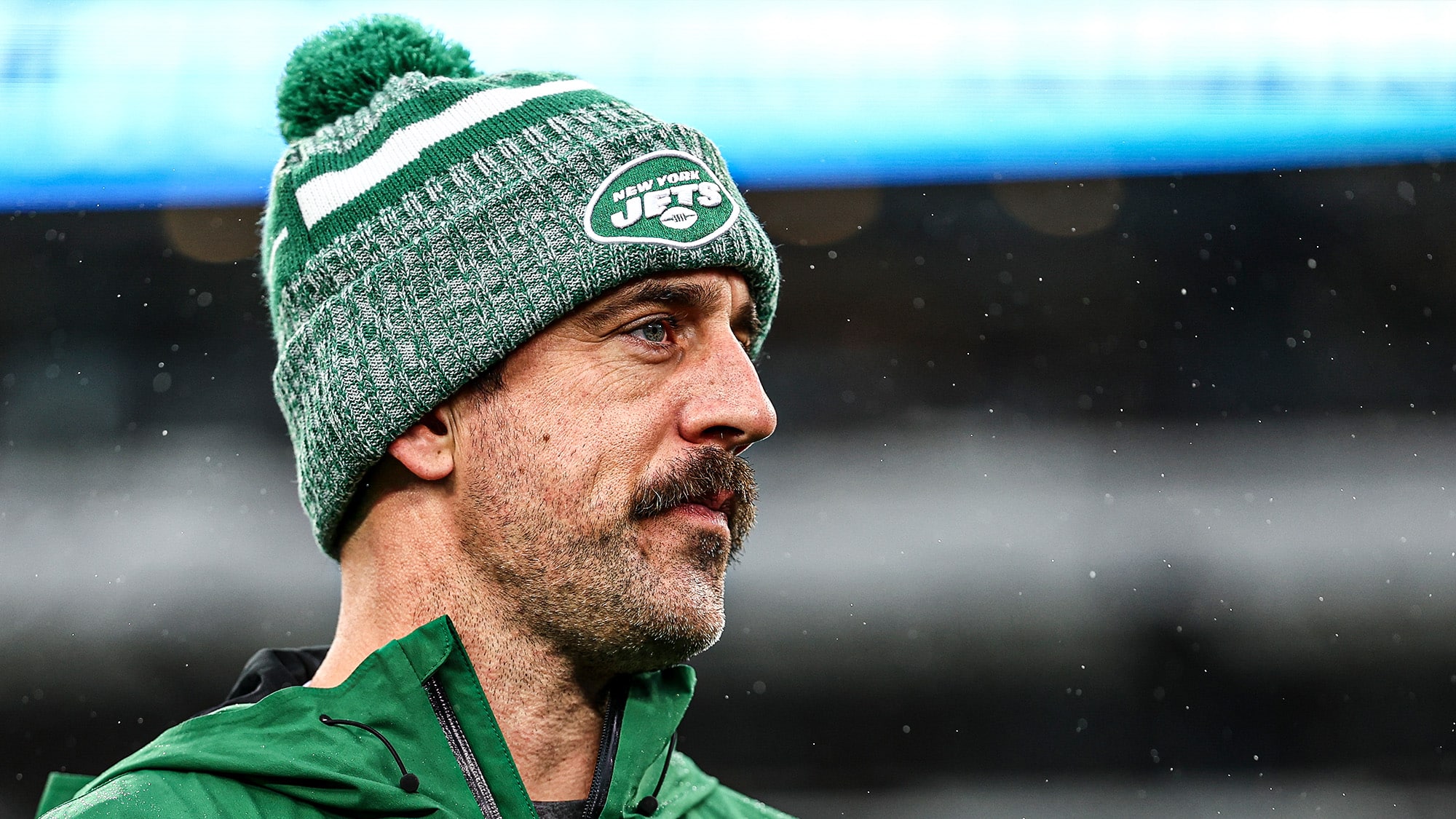
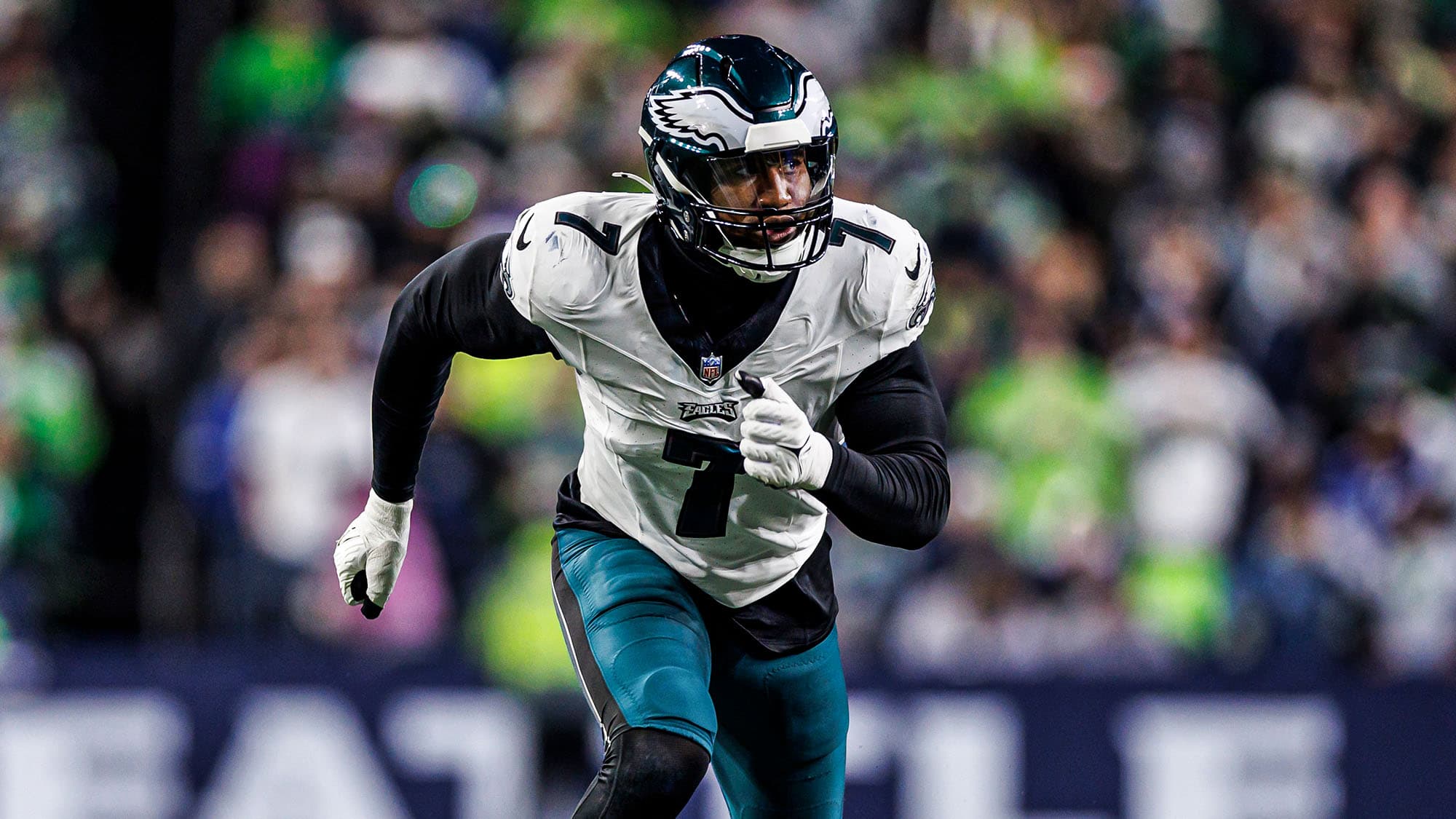
The lowkey hype from us fans certainly looks legit! I dont follow other teams much, especially ones i dont like, like pitt. But i was reading about tj watt’s dominant performance last year. As impressive as it was, apparently he kinda nosedived, for him, once Dupree was injured in week 12. I looked at their draft and they didnt take an edge until the 6th round. Looked at their depth chart and they have Highsmith, in his 2nd year, across from watt. Unless im missing something, did they pick up a big edge in FA? I know itd be a foolish thought to doubt pitt’s dline development since theyve been churning out quality forever. But my point is, with Watt seemingly not having a dominant guy across from him, maybe he doesnt put up another mvp caliber season in 2021 and maybe it opens the door for the Jets to stick a toe in there. Lol.. yea, not only would i be doubting pitt but also a Watt bro?? Probably not a great idea.
That’s a good point, Watt did fall off a bit after Dupree went out. But Highsmith had a promising rookie year so we’ll see if he can take a leap. And their interior is ridiculous with Heyward, Tuitt, Alualu, and Wormley